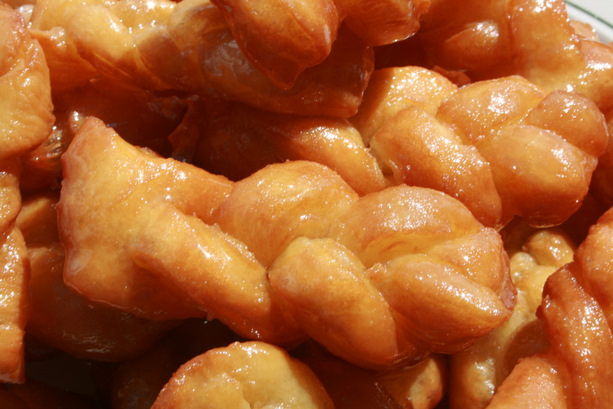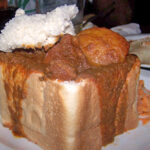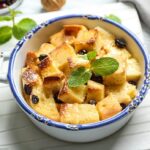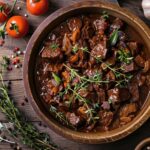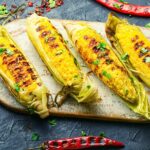In the realm of South African desserts, few treats rival the unique and indulgent nature of koeksisters. These sweet, syrup-drenched pastries are deeply rooted in South Africa’s culinary heritage and have become a beloved delicacy across the country. With a history that spans cultures and a flavor profile that is both sweet and aromatic, koeksisters are a delightful testament to South Africa’s diverse culinary traditions. In this article, we explore the fascinating history and flavors of this delectable South African treat.
- A Melting Pot of Origins:
The origins of koeksisters can be traced back to Dutch and Malay influences. The Dutch settlers brought their deep-fried pastries known as “koekjes” to South Africa, while the Malay community contributed their expertise in crafting sweet and aromatic pastries. Over time, these culinary traditions merged, giving birth to the uniquely South African koeksister.
- Crafting the Perfect Koeksister:
Koeksisters are made from a yeasted dough that is carefully twisted into a braided shape and then deep-fried until golden brown. The freshly fried pastries are immediately soaked in a syrup, which infuses them with a sweet and sticky glaze. The syrup typically contains ingredients such as sugar, water, lemon juice, and sometimes a hint of cinnamon or ginger, adding depth and complexity to the flavor.
- Flavors and Textures:
Koeksisters are known for their delightful combination of textures and flavors. The crisp and golden exterior gives way to a soft and moist center, while the syrup coating adds a luscious sweetness. The syrup also imparts a fragrant citrusy note, creating a beautiful balance between the richness of the pastry and the tanginess of the syrup. The result is a heavenly treat that satisfies both the sweet tooth and the craving for something indulgent.
- Traditional and Cape Malay Variations:
While the essence of a koeksister remains the same, there are two distinct variations found in South Africa: Traditional and Cape Malay.
- Traditional Koeksisters: These are the more common variety found across South Africa. They are braided and twisted into a thin and elongated shape, soaked in syrup until they become sticky and irresistibly sweet.
- Cape Malay Koeksisters: This variation is influenced by the Cape Malay community and is known for its spiced syrup. The dough is often infused with aromatic spices like cardamom, cinnamon, and anise, providing a unique twist on the traditional flavor.
- Occasions and Significance:
Koeksisters are a staple at special occasions and celebrations in South Africa. They are often served as a sweet treat during weddings, birthdays, and festive gatherings. Koeksisters also hold cultural significance, representing the diversity and unity of South African society through its fusion of culinary influences.
- The Joy of Koeksisters:
The joy of indulging in a koeksister goes beyond its delectable taste. It’s a nostalgic experience that evokes memories of family gatherings, community celebrations, and childhood delights. The act of savoring a koeksister is a sensory journey that transports one back to the rich tapestry of South African flavors and traditions.
Koeksisters are a testament to South Africa’s diverse culinary heritage, blending Dutch and Malay influences into a uniquely sweet and aromatic treat. From the crispy texture to the sticky syrup coating, these pastries offer a delightful indulgence for those seeking a taste of South African culinary traditions. So, the next time you have the chance to savor a koeksister, relish in its rich history, flavors, and the joy it brings to your taste buds.
